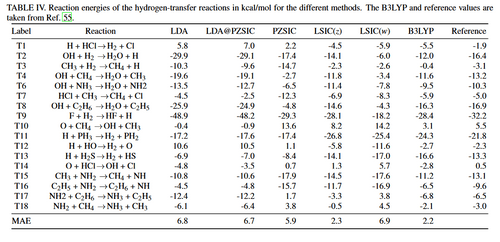
Magnetic Properties of High-Nuclearity Fex-oxo (x = 7, 22, 24) Clusters Analyzed by a Multipronged Experimental, Computational, and Magnetostructural Correlation Approach
Contributors from the FLOSIC team Dr. Juan Peralta and George Christou helped with a publication in the Journal of Inorganic Chemistry in the summer of 2022. Using a three-pronged approach to study Fex clusters, Dr. Peralta and Dr. Christou helped authors Ashley Hale, Megan Lott, Dolos Foguet-Albiol, and Khalil A. Abboud to synthesize iron clusters [Fe22O14(OH)3(O2CMe)21(mda)6]-(ClO4)2 , [Fe24O15(OH)4(OEt) (O2CMe)21(mda)7](ClO4)2 , and Fe7. In their article, the investigators also reported the results of exchange coupling parameters that were found doing a detailed study using DFT calculations as well as Jij parameters for 1 from fits of experimental χMT versus T data using the program PHI.
The use of mdaH2 in FeIII/O carboxylate cluster chemistry has led to the three products studied in the article, which are all different products that have resulted from separating different carboxylic acids and either adding or subtracting additional bases to the chemical structure. Manipulation of these structures occured in aerobic conditions and reagant grade solvents were used without further purification. A stirred solution of each compound was added to mdaH2 and allowed to crystalize over a matter of weeks. These structures were later refined using a full matrix least-square cycles which were later analyzed using DFT calculations using single-crystal X-ray crystallographic coordinates. These couplings were determined from DFT calculations by mapping broken-symmetry solutions to Ising-type spin configurations. A structural relationship was identified between Fe22 and Fe24, and the Fe7 was overall very similar to the Fe8 units at the end of the large clusters. Weak exchange couplings were found as is common in FeIII/O clusters. The DFT methods showed to be a powerful addition to previous experimental studies using magnetic properties, with great potential for applications for nuclear clusters and topologies.





